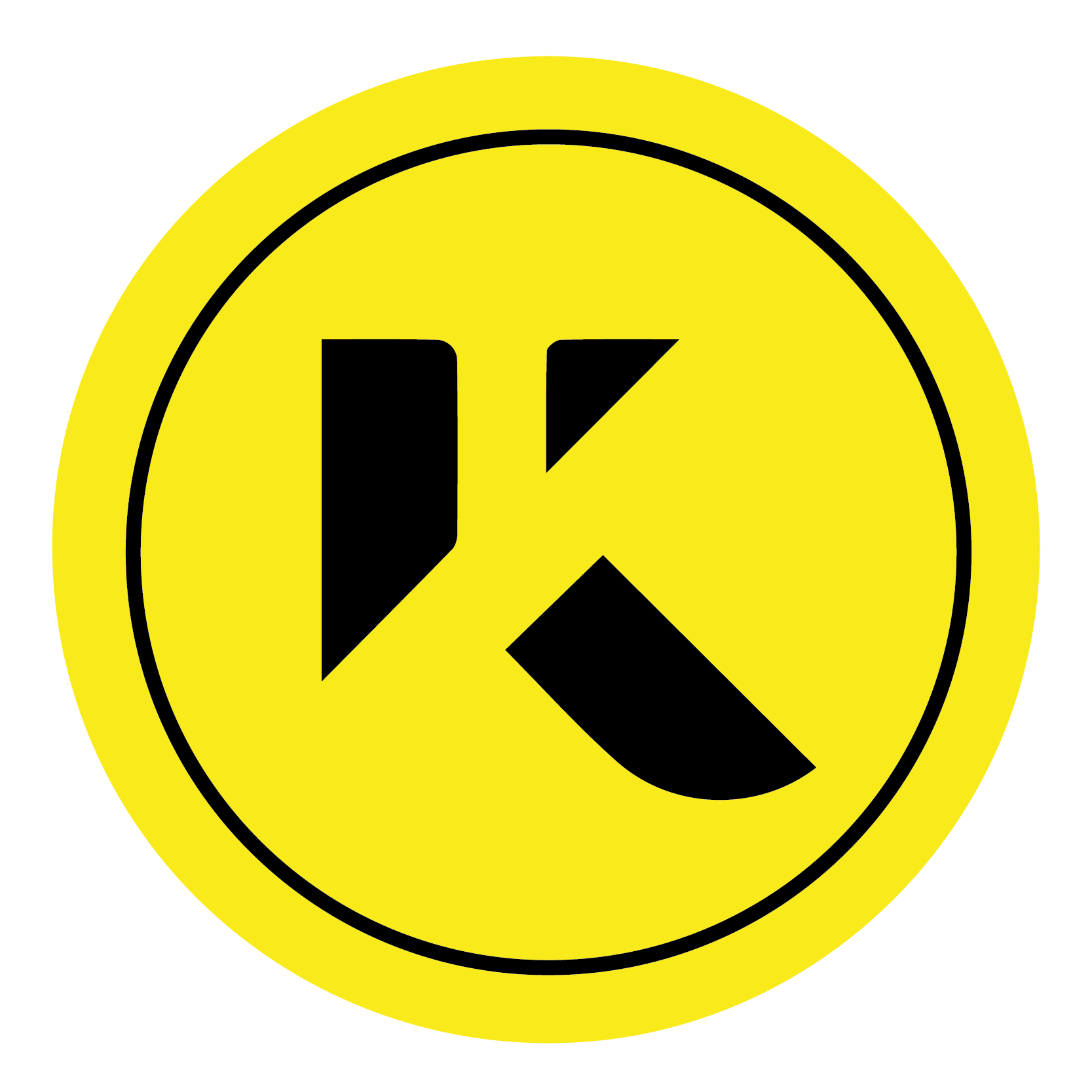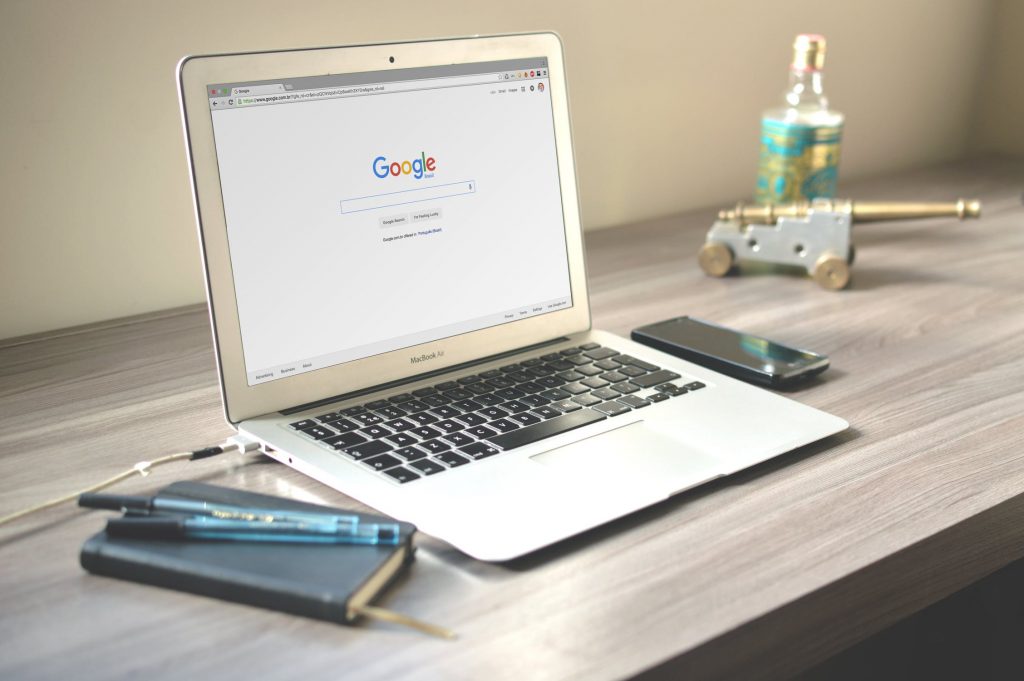How to develop a strong brand identity
Just like how your finger print is unique to you, so should be your personal identity. It is that small little something that helps to set you apart from the competition and how you can come into your own.
But what is brand identity design? In short, it is what shapes your business and how it is perceived by consumers and competitors alike, so it is important to get it spot on first time around. But a lot of other questions can arise, such as; How do you create a strong brand identity? Why will having a solid brand take me and my business to the next level?
How to develop a strong brand identity:
Usually before I start developing a brand or even a logo for a client, I ask them, to identity as a person representing or even owning their business, what makes them their brand? I know it sounds a little like wax on and wax off, but at the very core of brand identity, no matter how pretty the branding it, it is the people that make the brand.
Some key questions I ask my clients to help identity their brand is:
Their mission – why did you develop this company?
Their values – what beliefs drive your business?
Positioning against competitors – Who are their competitors, and what is their USP (unique selling point) that makes them stand out from the competition?
Their ideal brand personality – if their brand was a person, what kind of person would they like them to be?
Communication – if their brand had a voice, what kind of voice would it have and how would they wish to communicate their voice to their consumers?
These key components are what help me and other graphic designers help gain an understanding of your brand and how to define it through the art of design. Therefore, it is important that as a client, you have a clear understanding of each point. A simple brainstorming session, with yourself or other colleagues will help you gain an understanding of each of these key elements and may make you feel like Mr. Miyagi as a bonus!
Now you’ve identified these key elements and who you are as a brand, this is when the fun begins, it is time to start building the brand and bring it to life! To show who you are to the most important people to your business; your customers.
Taking your business to the next level:
This one is where a lot of business owners tend to draw the line, now they’ve got a solid brand that represents them as a reliable and honest business, they see that as the endgame but it isn’t enough.
Referring back to what I said earlier, a brand is much more than a logo, product or a website. You and your team are the driving force and branding runs through every aspect of what you and your team do; from how you answer the phones to the design and marketing choices you make for your marketing material to how well a product performs against a competitor.
Branding fuses both what you produce as a business and how your consumers interact with your products, it’s a delicate balance, the yin to yang and what Mickey was to Rocky. One can’t exist without the other.
Therefore, also having a strong brand and marketing strategy is a must, this is a topic for another blog but a few core marketing strategies could encompass; content marketing, email marketing, social media, video and influencer marketing to name a few.
I work with clients when I can outside my day job, if you’re interested in talking to me about anything, especially about Karate Kid, please get in touch with me at: keighley@keighleyhand.co.uk or 07990 818889

 WordPress is one of the best content management systems and without a doubt one of the my favourite. Using this fantastic tool, the internet and a lovely website is all within your grasp. But with everything, it can have its pitfalls. Here is a list of some of the common mistakes I’ve experienced and how to fix them.
WordPress is one of the best content management systems and without a doubt one of the my favourite. Using this fantastic tool, the internet and a lovely website is all within your grasp. But with everything, it can have its pitfalls. Here is a list of some of the common mistakes I’ve experienced and how to fix them.